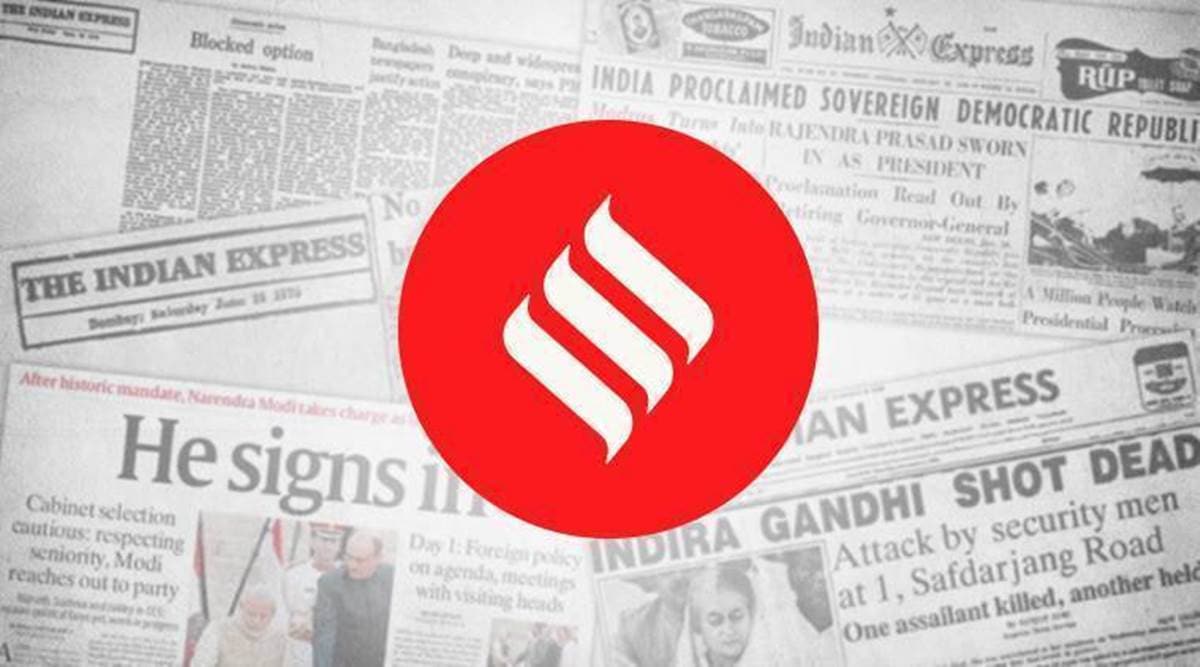 Pranab Mukherjee’s rich political and administrative experience and the manner in which he conducted himself in high office gave him the aura of a statesman, but the ultimate prize, the office of prime minister, eluded him.
Pranab Mukherjee’s rich political and administrative experience and the manner in which he conducted himself in high office gave him the aura of a statesman, but the ultimate prize, the office of prime minister, eluded him.The Indian Army’s preemptive action on the night of August 29-30 to prevent China from changing the status quo on the southern bank of Pangong Tso Lake, and Beijing’s response to it, have heightened tensions on the Line of Actual Control in Ladakh. Since May, troops have been engaged in a face-off on the northern bank of the lake, after Chinese troops came in 8 km west of Finger 8, which is on India’s side of the LAC. That the Indian Army “pre-empted PLA activity on the Southern Bank of Pangong Tso Lake, undertook measures to strengthen our positions and thwart Chinese intentions to unilaterally change facts on ground” follows from Chief of Defence Staff Bipin Rawat’s statement last month that Delhi has “military options” to deal with Chinese transgressions. China has responded predictably. A statement from the embassy in New Delhi said: “On August 31st, Indian troops violated the consensus reached in previous multi-level engagements … illegally trespassed the Line of Actual Control again at the southern bank of the Pangong Tso Lake and near the Reqin Pass in the western sector of China-India border, and conducted flagrant provocations…”
The latest moves on the LAC signal a change in the way India is dealing with China on the border issue: The Indian security establishment is showing willingness and ability to respond with alacrity to any further attempts by the PLA to change the situation on the ground. On the diplomatic front, the multiple rounds of talks — between the military commanders and at the level of National Security Advisor — appear not to have made significant progress. Delhi wants Beijing to ensure that its troops revert to their positions before the current face-off. But neither the PLA nor the Chinese diplomatic establishment has formally committed to doing so. Beijing wants Delhi to isolate the border issue from broader bilateral ties. The Indian position, articulated by External Affairs Minister S Jaishankar last month, is clear: The border issue cannot be separated from the larger bilateral relationship.
The current diplomatic impasse and military stand-off can only deepen the trust deficit between the two countries. Given that the zone of tension in Ladakh has expanded, the danger of a military escalation along the LAC has increased. Diminishing that risk in the short-term should be the diplomatic priority. In the medium- and long-term, China’s aggression and the uncertainty of the boundary itself will have to be addressed.